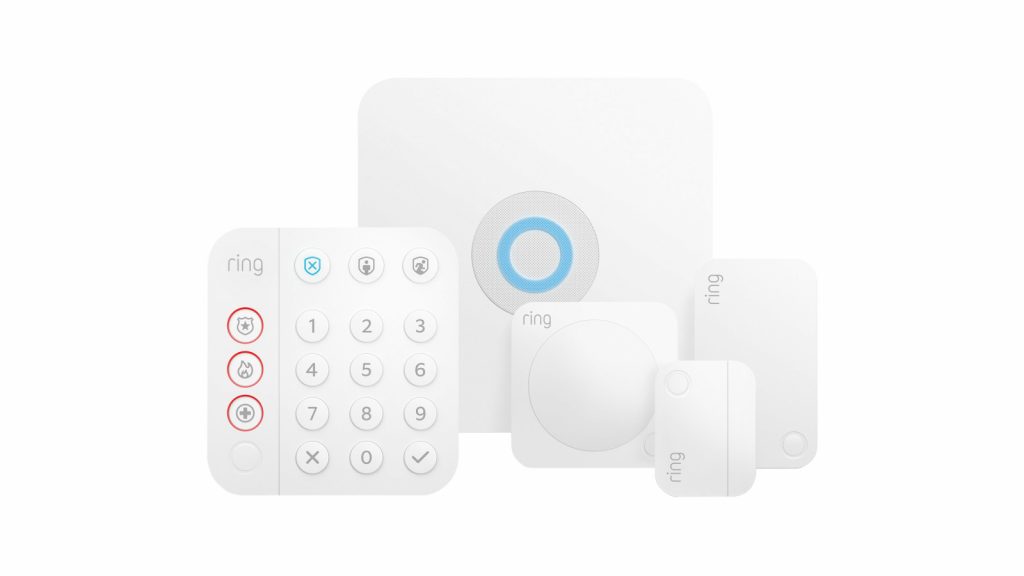Ring has been in the South African market for just over two years now, with a variety of smart security offerings.
The Amazon-owned company offers a range of plug-and-play home security solutions that require an internet connection, which can be accessed on a smartphone app 24/7. The products have motion detection and pings your phone immediately when there is movement.
I have the indoor/outdoor Stick Up Cam and Ring Video Doorbell 3 installed on my property. Both are connected to wi-fi and allows me to monitor who is at my gate, with the option of two-way talk. It is useful to communicate with courier companies when I’m not at home. From a security perspective, I can’t live without them.
So, when the second-generation Ring Alarm system was launched in April, I was initially in two minds about reviewing it because I have an armed response system. Nevertheless, I installed it at my property.
The Ring Alarm comes with a base station, keypad, contact sensor, motion detector and range extender. I installed the single contact sensor on my front door and the motion detector in the hallway facing the door; there is no use for the range extender with one sensor. Additional contact sensors are available separately in multi-packs of six.

Like all Ring products, it’s easy to use and set up on the Ring app. The contact sensor beeps every time the front door is opened. The app will also give you a status update if anything is online or offline, and if the doors or additional contact sensors attached to windows are open.
The system is an internet-connected one, so when there is load-shedding or your internet is down, you won’t get updates — unless you add separate back-up power to the system. There is also an option of adding cellular backup, but this comes at an additional cost.
The Ring Alarm ran alongside my existing alarm, which was triggered by sensors all around my house in all instances by my cat, so the Ring didn’t go off because it requires someone to physically open the door.
The Ring Alarm is not officially linked to a security company. Ring Africa says it is a “self-monitored and assisted monitored” system. The system allows three emergency numbers to be saved to receive a call when the alarm is triggered, but again, this is an additional cost.
If you are buying the Ring Alarm solely for protection and the alarm triggers because an intruder is on your property, you’d have to defend yourself without additional help. This is what sets it apart from paying for armed response from a security company.
The system can get complicated when you try to understand what is included and what is paid for. At a basic level, the product comes with motion-activated notifications, real-time video with a live view, two-way talk and theft protection.
A Ring Basic subscription is $30 a year, which I have for my other two products, and includes the above and a 60-day video history, person alerts, video saving and sharing, snapshot capture, and rich notifications — you can see who is at your door without opening the app. This is included as a free 30-day trial on all Ring products.
A Ring Plus subscription is $100 a year, which includes everything mentioned on both plans, plus assisted monitoring, cellular backup and extended warranties.
Although I cannot live without the Ring security camera and video doorbell, I can’t say the same about the Ring Alarm. Most South Africans are not equipped to deal with armed robbers without the help of an armed response company.
The Ring Alarm only makes sense as an additional security measure in addition your existing security. It costs R3 999.